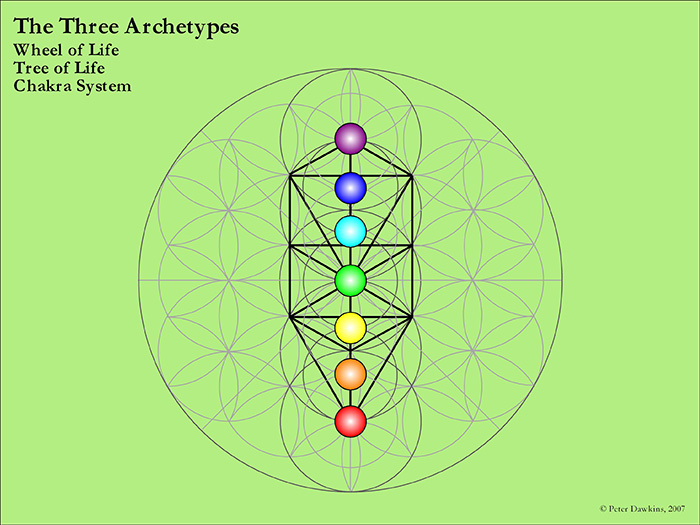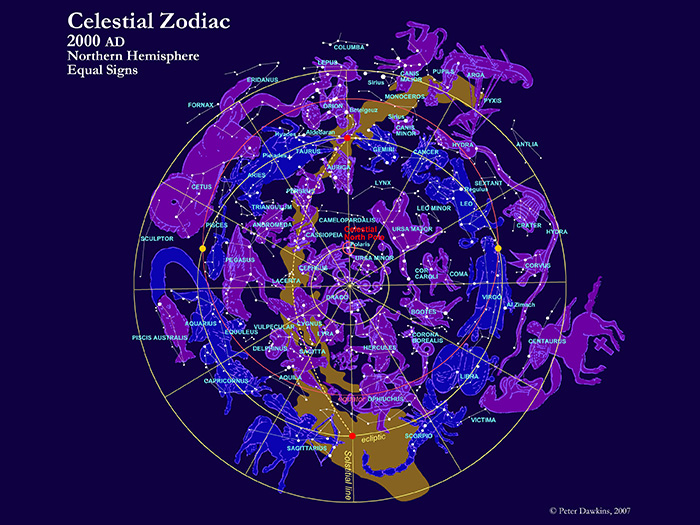Winter Solstice
21-24 December
Festival of Rebirth
The winter solstice marks the mid-point of winter and darkest time of the year, when the daylight hours are shortest and the night-time hours the longest.
In terms of observing the Sun at sunrise as the time marker, as the ancients used to do, the solstice occurs in the northern hemisphere when the Sun rises at the most south-easterly point that it will reach on any given horizon. The Sun will pause in its sunrise journey south and appear to rise from the same position on the horizon for three consecutive days. Likewise at noon the Sun will reach its lowest elevation in the sky and appear at that same elevation for three consecutive days. This is the winter solstice as anciently understood, and the term ‘solstice’, derived from Latin, means ‘Sun stand still’. Nowadays the solstice is calculated exactly by means of astro-mathematics and usually occurs on 21 or 22 December.
When the Sun rises on the fourth day (i.e. the day immediately following the three-day solstice), its sunrise position can be observed to have moved a little to the north on the horizon, whilst its noon elevation will appear slightly higher in the sky than on the previous day. This heralds the reversal of the sunrise movement and the gradual lengthening of the daylight hours: thus a movement towards spring and summer and the waxing of light. This fourth day, the culmination of the three-day solstice, is therefore traditionally celebrated as the birthday of light, in which light and life is reborn or renewed, leading to its gradual ascent to heaven.
Since the divine Light is traditionally personified as the spiritual Sun or Sun-god, so the day is referred to as the Birthday of the Unconquered Sun (Latin, Dies Natalis Invicti Solis) or, in the Christian tradition, the Birthday of Christ (Christmas). The latter is always celebrated on 25 December, but for accuracy the date could sometimes be 24 December (i.e. when the actual astro-mathematically-determined solstice is on 21 December).
Whereas the midsummer festival has its focus for celebration on the greater community and hierarchy of rulership or divinity, the midwinter festival of Christmas focuses its celebration on the family and hearth (or heart) of the home: hence the lighting of the Yule-log in each hearth, as also the lighting of the Christmas tree in the heart of the house, both symbolising the birth or rebirth of light in the darkness (and in our hearts). Associated imagery is of the flame of love kindled in a dark cave, or of the Christ child born in a manger, in a cave.
The winter solstice and its culminating Christmas festival is one of the two poles of the year (associated in the northern hemisphere with the North Pole of the planet), its complementary polarity being the summer solstice and Midsummer festival (associated with the South Pole of the planet). In Christian tradition the two poles of the year are symbolised by John the Baptist and Jesus the Christ (the dates celebrate their birthdays), and by what are known as the two Baptisms, by water and by holy breath and fire. In Freemasonic and an alternative Christian tradition these two poles of the year are represented by the two Johns, John the Baptist (24 June) and John the Beloved (27 December). The midwinter pole is that of Jesus the Christ and/or John the Divine, and baptism by fiery breath.
© Peter Dawkins
- Zodiac of Ages
- The Great Ages
- The Phoenix Cycle
- The Solar Breath
- The Grail Cycle
- The Great Festivals
- Solar Festivals
- Winter Solstice
- Winter-Spring Quarterday – Imbolc
- Spring Equinox
- Spring-Summer Quarterday – Beltaine
- Summer Solstice
- Summer-Autumn Quarterday – Lammas
- Autumn Equinox
- Autumn-Winter Quarterday – Samhain
- Lunar Festivals







